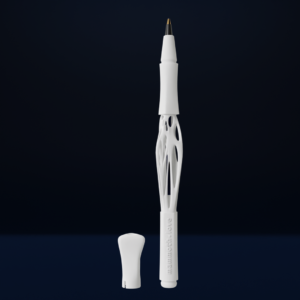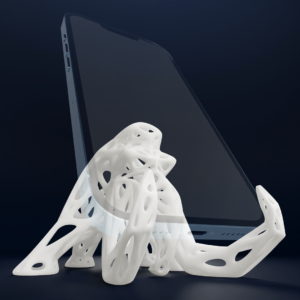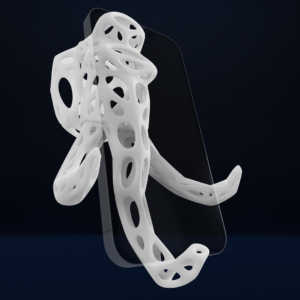
In the realm of design thinking, gaining insights into the workings of mental representations can prove immensely valuable in crafting products, experiences, and communications that have a higher probability of achieving success.
Mental representations play a crucial role in cognitive neuroscience, helping us comprehend the intricate and ever-changing world we inhabit. At their core, mental representations involve constructing internal depictions of external objects or concepts in our minds.
Various approaches can be employed to form mental representations, such as Personal Constructs Theory, which suggests that we group personally meaningful information together. Another approach is the use of mental models, simplified representations of reality that aid in understanding and predicting the behavior of complex systems.
Scientists hypothesize that distinct regions of the brain employ various forms of representation. Some areas specialize in processing visual or auditory stimuli, while others handle abstract concepts. Despite these variations, all mental representations possess common traits, including their dynamic nature and adaptable qualities.
Designers can leverage our innate ability to form mental representations to create resonant mental objects for their intended audience. Every visual or sensory cue contributes to our understanding of the world and our personal interaction with it.
Although there is much more to learn about mental representations and their role in design thinking, it is clear that this concept holds significant potential in shaping our understanding of human cognition.
Cognitive neuroscience provides valuable insights into mental representations and their neural mechanisms, while design thinking offers a unique perspective on their role in fostering creativity and innovation.

By comprehending how mental representations are utilized in both fields, we can harness their potential to solve real-world problems and create more effective and meaningful designs.
Share your thoughts and experiences with mental representations in cognitive neuroscience and how you believe they can be applied in design thinking.
We would love to hear from you in the comments below!
And remember, what fuels your positive actions?
-
Understanding Visual Cues in Visualizations
Ha-Kyung Kong University of Illinois at Urbana-Champaign, et al. “Understanding Visual Cues in Visualizations Accompanied by Audio Narrations: Proceedings of the 2019 CHI Conference on Human Factors in Computing Systems.” ACM Conferences, 1 May 2019, https://dl.acm.org/doi/abs/10.1145/3290605.3300280.
-
Which visual cues work best to drive attention?
Labay, B. B., & Ben Labay Ben is the Managing Director at Speero. He has a background as a research scientist specializing in statistics and data science. Ben combines years of academic and statistics training with customer experience and UX knowledge to h. (2018, July 6). Which visual cues work best to drive attention? [original research]. CXL.
https://cxl.com/research-study/visual-cue-study/







